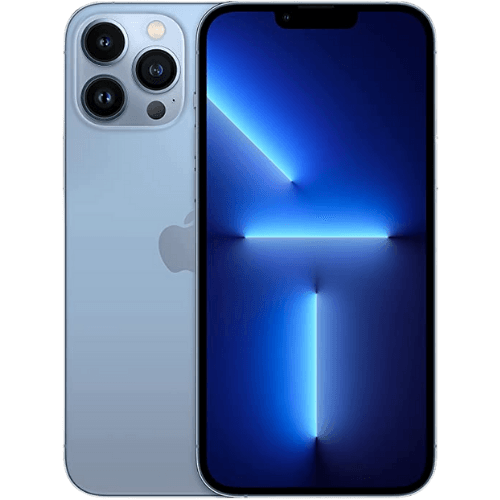Apple iPhone 13 Pro Max review: Everything about it is big, including the price
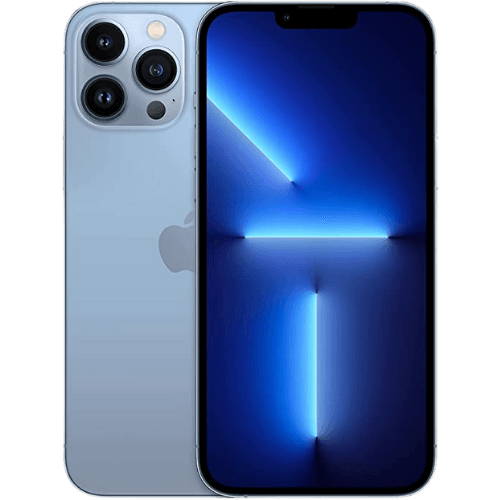
-
- Battery Score
5
- Camera Score
4.5
- Design Score
3.5
- Performance Score
4.5
- Battery Score
5
Summary
Quick verdict: The iPhone 13 Pro Max is the top-of-the-line Apple device. It has a big battery, camera and price tag, but is it worth the extra cash?
- Incredible battery life
- ProMotion is excellent
- Great camera
- Pricey
- Large and heavy
Details
Pricing & Availability
| RRP | $1,849 |
| Launch date | 09/21 |
As someone with small hands, I have never been a huge fan of the Pro Max line. It has so many delicious premium features but they come in an uncomfortable form factor. But I must admit that the iPhone 13 Pro Max has grown on me. With that camera, enormous battery life and 120Hz variable refresh rate, there's a lot to love.
But with the regular iPhone 13 Pro nipping at its heels, one has to wonder whether you actually need the big daddy Pro Max and its pricey RRP.
Design
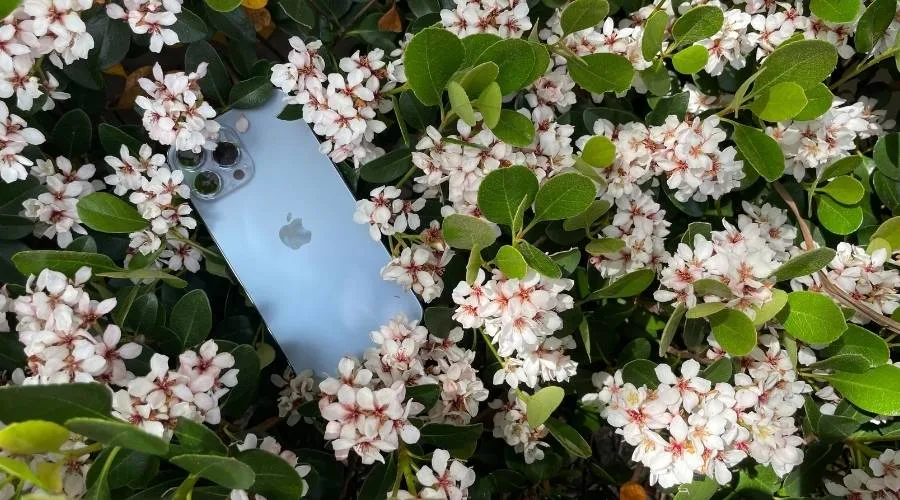
Last year, Apple offered up one of its more aggressive design changes in recent years. In addition to adding the Mini to the line-up, the iPhone 12 series got a sharp-edge design. MagSafe was also introduced, as was the biggest model to date, the iPhone 12 Pro Max. At 6.7 inches, it is an absolute beast.
The iPhone 13 Pro Max is the same ungodly size, but it's also an extra 12 grams heavier, meaning that I hate it 12 grams more.
At 238g, the iPhone 13 Pro Max is not comfortable to hold, particularly in my small hands. I also can't imagine it will comfortably slide into the tiny pocket of my jeans once I am required to wear proper pants out in public again. And so I find myself saying the same thing I have over the past 5 years – phones are getting too big.
But to be fair, the 2778 x 1284 Super Retina XDR large screen is gorgeous. This is predominantly due to the new 120Hz variable refresh rate, but we will get to that in a bit. I just wish it was more comfortable to use.
If you read my iPhone 13 Mini review, you'll notice I also didn't love that size either, so perhaps I am a bit too fussy. But the good news is that there are 2 other balanced options to choose from in the range.
But getting past this sticking pointing, there have been a couple of other changes this year. The Face ID notch is 20% smaller, which caused some app issues at launch. For example, Instagram had trouble with button overlap, making it difficult to use.
The camera lenses have also been moved, sitting on a diagonal axis, making the bump a little thicker than previous generations.
As for the colours, the iPhone 13 Pro Max is available in graphite, gold, silver and Sierra blue.
Performance
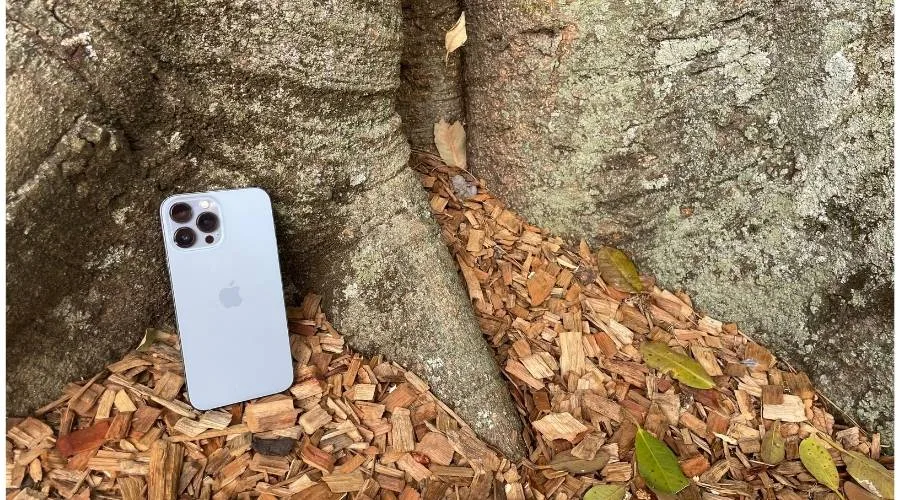
If you're looking to buy an iPhone 13 Pro Max, it's likely you care about its performance. And that is perhaps more important than ever.
Each year, Apple releases a brand new chipset to accompany its phones. But it's a little different this time around. The A15 Bionic varies depending on your device. The iPhone 13 and Mini get one with 4 GPU cores, whereas the Pro Models are blessed with 5.
This means, at least on paper, that the iPhone 13 Pro and Pro Max will be a bit better at handling more labour intensive tasks and apps.
So we ran the devices through our regular benchmarking tools to see how they fared.
Here's how they went in Geekbench 5's CPU test:
And these are the results of 3DMark's GPU test:
All 4 iPhone 13 devices maxed out 3DSlingshot Extreme, but otherwise, the Pro Max topped every test.
So if you're after the most powerful device, you're looking at it. But context is important here. The vast majority of modern flagship phones are already extremely capable, and the same goes for the regular iPhone 13 and iPhone 13 Pro.
With that in mind, you don't have to buy the Pro Max to get a device that will be able to handle pretty much anything you throw at it.
But hey, if you have the budget and inclination to opt for the big boy, go off.
In my opinion, what's more interesting is the new ProMotion feature added to the iPhone 13 Pro and Pro Max devices. This offers a variable refresh rate between 10Hz and 120Hz, depending on what you're doing at the time.
Samsung introduced a similar feature in its Galaxy S21 Ultra 5G device earlier this year. And to be fair, it certainly wasn't the first Android device to have it. More gaming-focused devices, such as the ones from ASUS, have been rocking higher refresh rates for a few years now.
Still, I somewhat discounted it until I swapped back to an iPhone 12 Pro. The difference was surprisingly noticeable, and I found myself missing it.
So I was pleased to see Apple finally jump on this train. It has made mobile gaming an absolute pleasure, particularly when combined with the new 1,000 nits of brightness.
But even simply scrolling on the home screen or social media is much swifter and smoother compared to the regular iPhone 13 and Mini devices, which I was also testing at the time.
Generally, I would also talk about 5G performance here, particularly because all iPhone 13 devices are 5G compatible. But this hasn't been possible due to current lockdown restrictions. Once I can execute on these, I will update this review.
That being said, it's worth mentioning that when it comes to mobile connectivity, Australian iPhone 13 devices are different to those in the US.
Unfortunately, the Aussie models are only Sub-6 compatible. Comparatively, the US models offer mmWave via a Qualcomm X60 modem.
This happened with the iPhone 12 as well but was arguably less of a big deal because Australia hadn't held any mmWave spectrum auctions yet.
But things have changed since then, and there are some mmWave sites live across the country. Considering that Australian customers still pay full price and are likely to hold onto their new iPhones for a few years, this isn't ideal.
iPhone 13 Pro Max Camera
iPhone cameras have markedly improved over the last few years, and the iPhone 13 Pro Max is no exception.
In addition to dual 12MP wide and ultra-wide lenses, it has an improved 12MP ƒ/1.5 telephoto with 3x optical zoom. Combined with an upgraded auto sensor and LiDAR scanner, the Pro models of the iPhone 13 can capture more light than ever before.
But to be perfectly honest, these upgrades may not be all that noticeable to your regular point and click users – and that's a good thing.
During my testing of all 4 iPhone 13 devices, I found that there wasn't a great deal of difference between them when it came to landscape and portrait shots. While the Pro models did produce warmer, detailed shots with a refined bokeh effect, the difference wasn't enough to discount the iPhone 13 and Mini models. And that's awesome because the cameras should be great at all price points.
But you really start to notice a difference when it comes to night mode and zoom. The 3x telephoto lens means that the iPhone 13 Pro Max has up to 15 zoom. And even when it's maxed out, it does a pretty good job.
Comparatively, the iPhone 13 and Mini cap out at 5x and the results are pretty bad.
Here is the Pro Max at 15x:
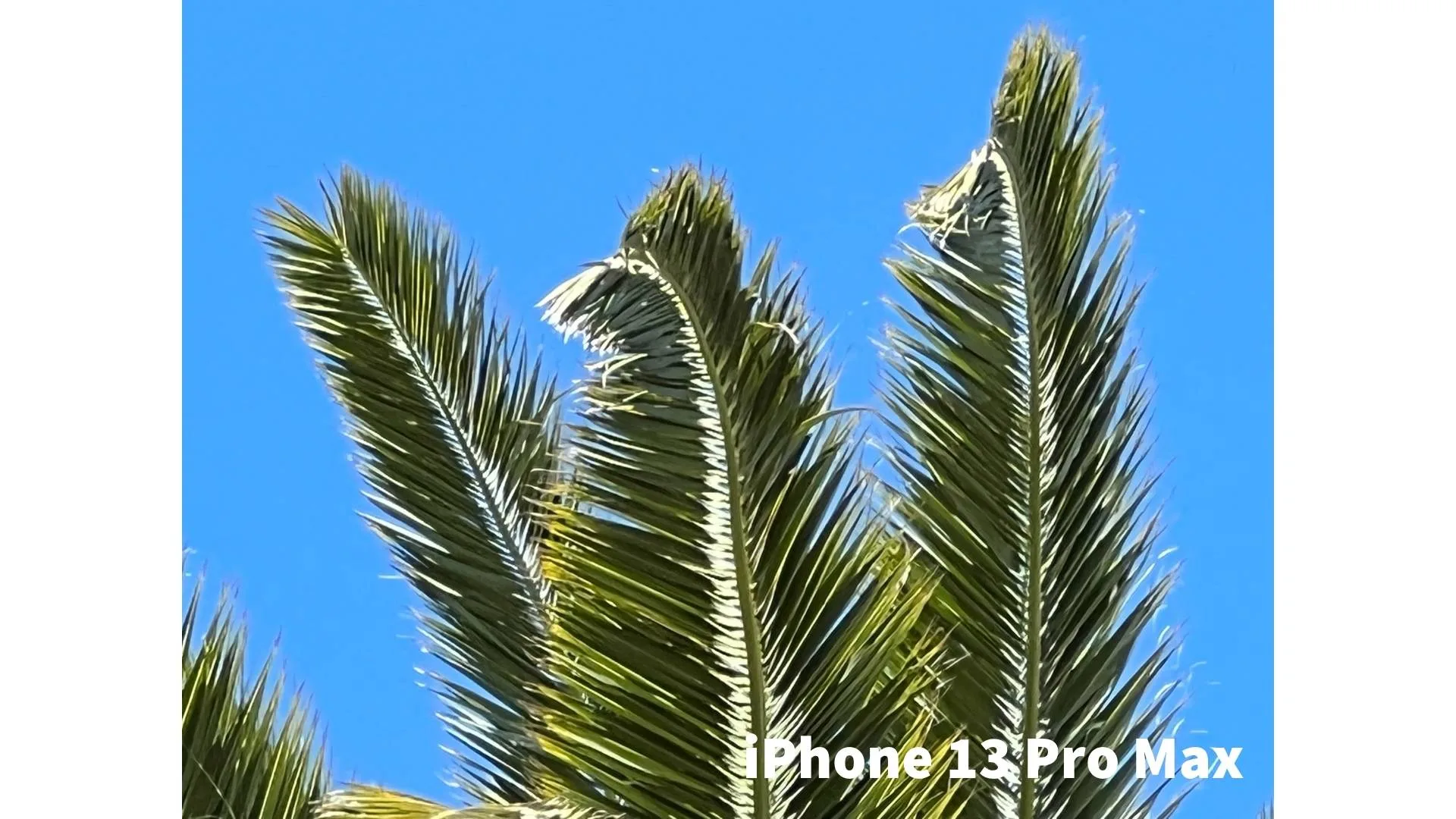
And this is the regular iPhone 13 at 5x:
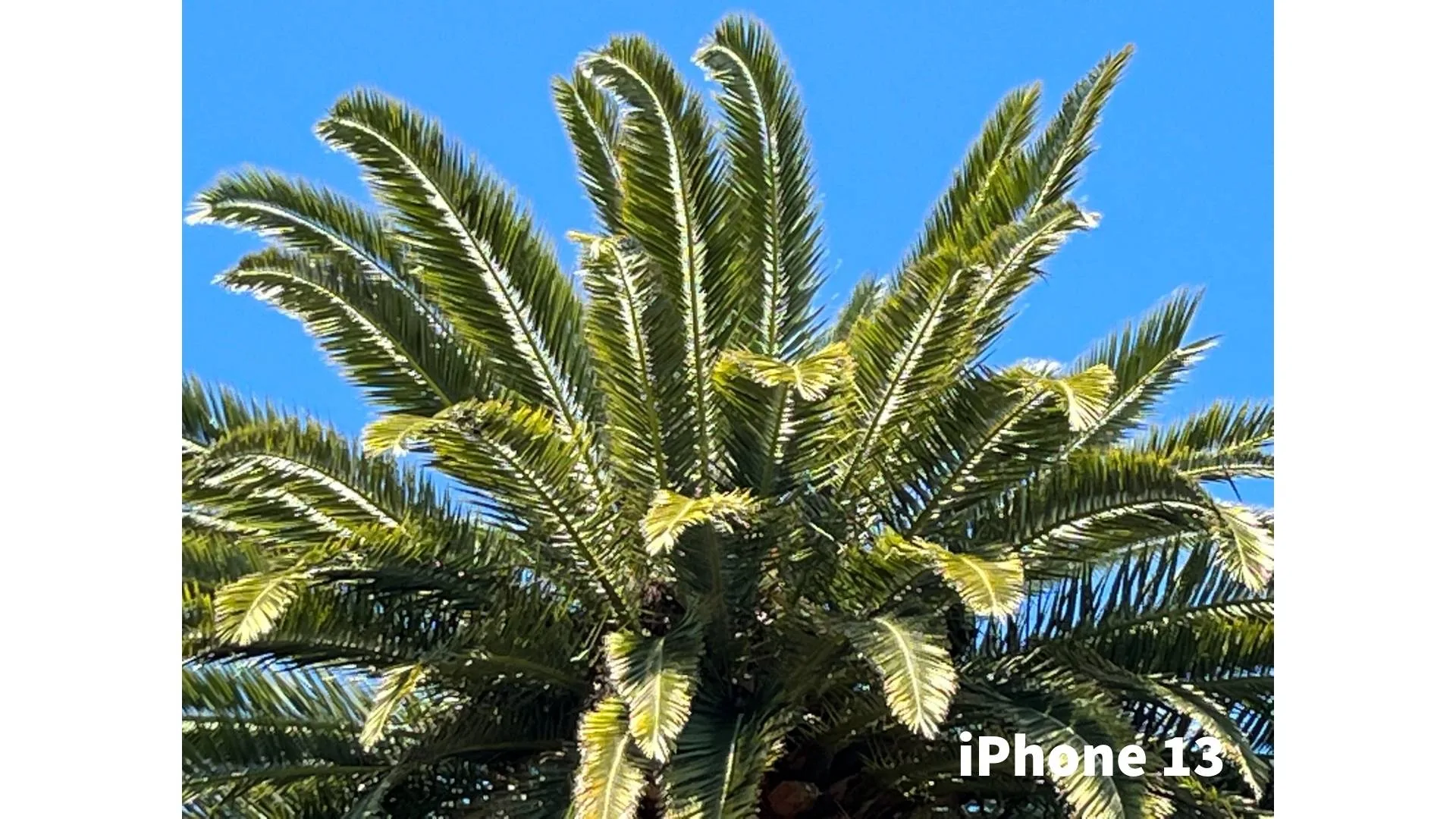
The comparisons are less eye-watering when it comes to night mode. Now to be fair, I have not had the opportunity to take the devices out at night due to lockdown and a penchant for personal safety, but the results in my house have been quite good across the board.
However, the iPhone 13 Pro Max does benefit from the telephoto lens and LiDAR here. It's able to pull in extra light, resulting in brighter and more textured shots compared to the non-Pro models.
Of course, you may still get some muddiness if there is very little light to draw in, but that's par for the course. Overall, I am very pleased with these results and I look forward to getting to point this thing at a starry sky in the future.
Here are some camera samples from the iPhone 13 Pro Max:




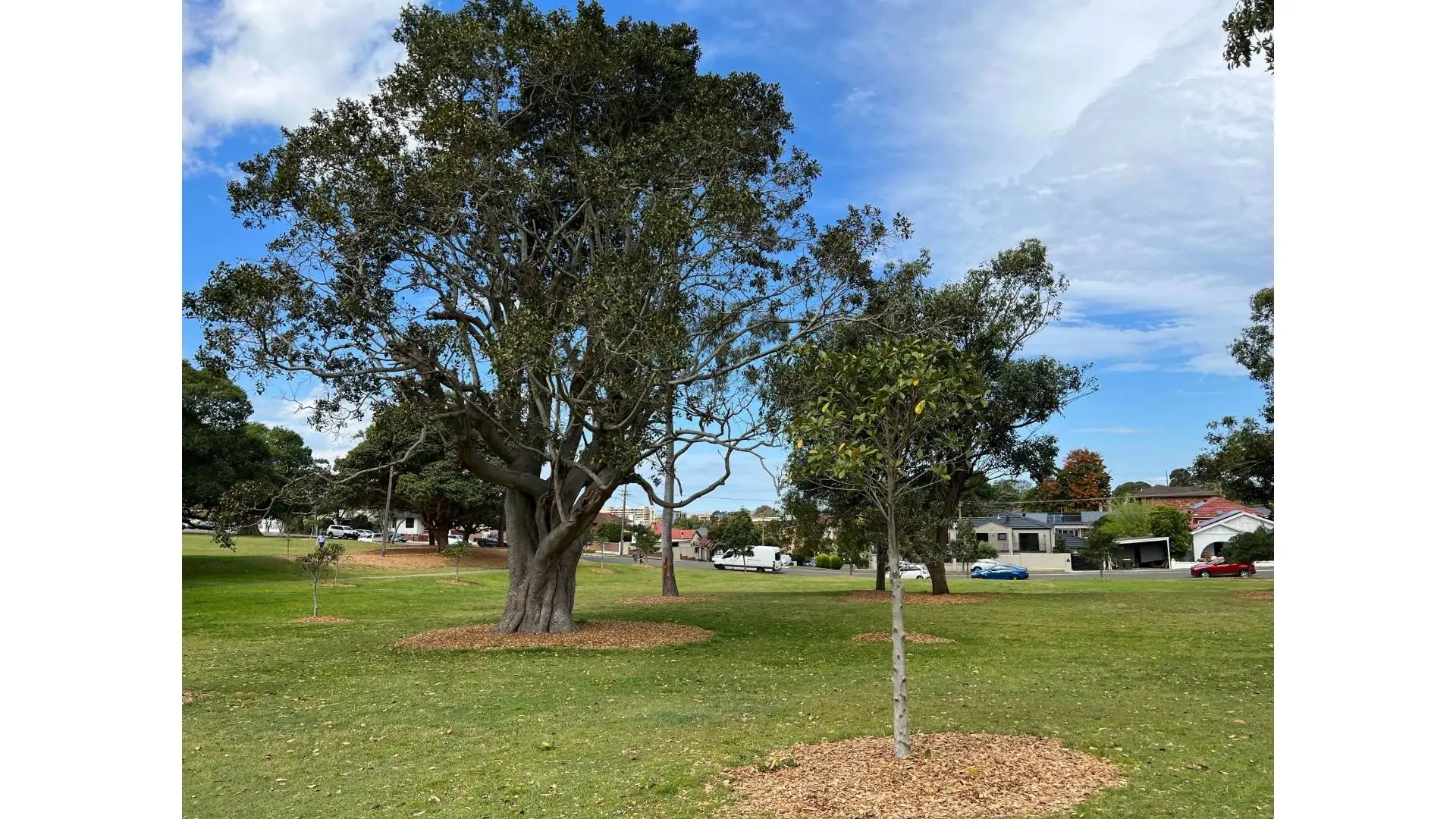
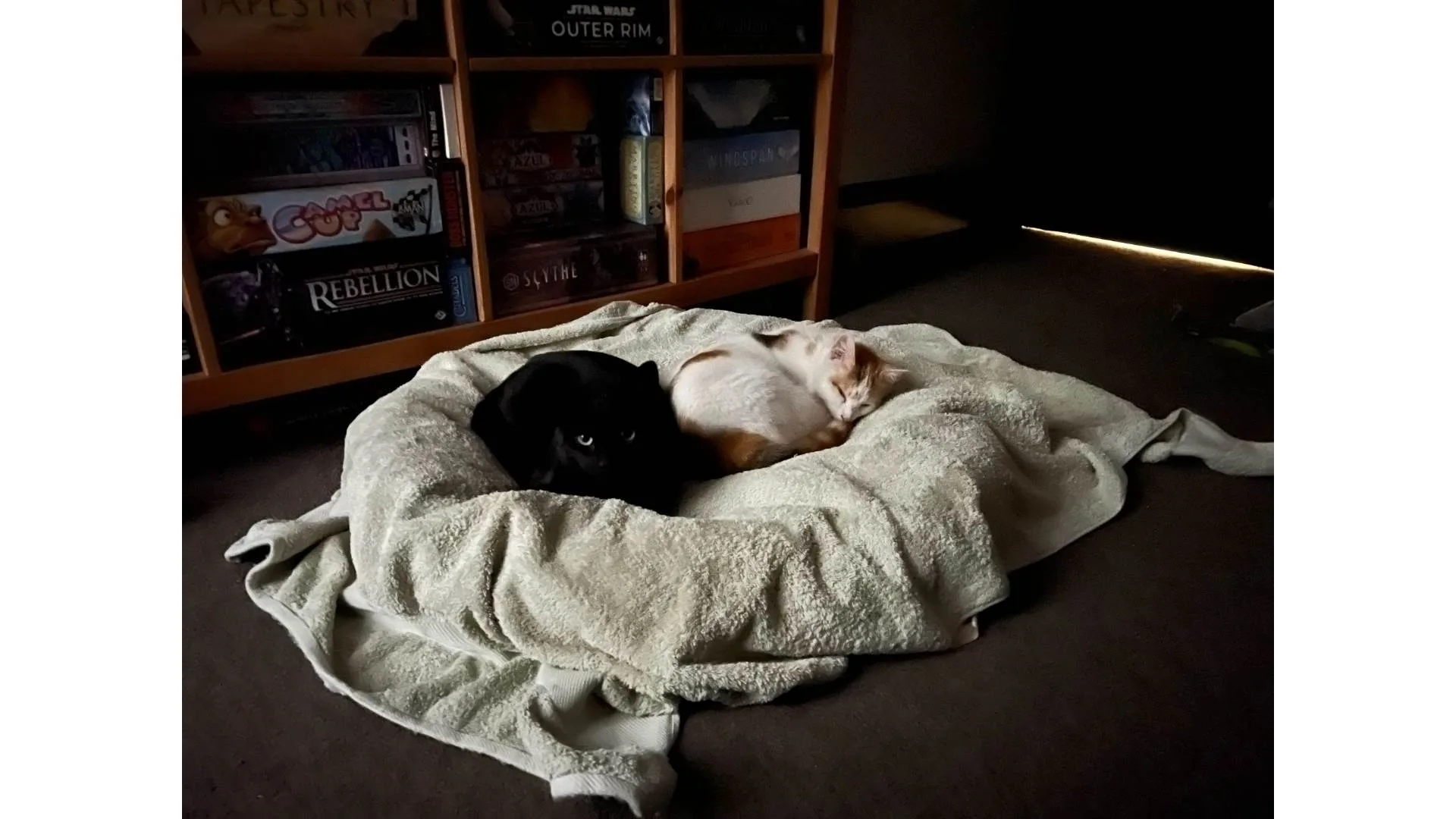

We also need to talk about the new macro photography mode. It can be found in both iPhone 13 Pro models, allowing Apple to play catch up on something Android manufacturers have been doing for a while now.
So far, I have managed to get some very pretty shots, but some work needs to be done with the functionality itself. At the moment, there is no way to disable or purposely enable macro mode. It simply kicks in while using 0.5 and if you get a certain distance away from a subject. It's not ideal, but Apple has committed to a fix in a future iOS 15 update.
Here are some of the macro samples I've collected so far:
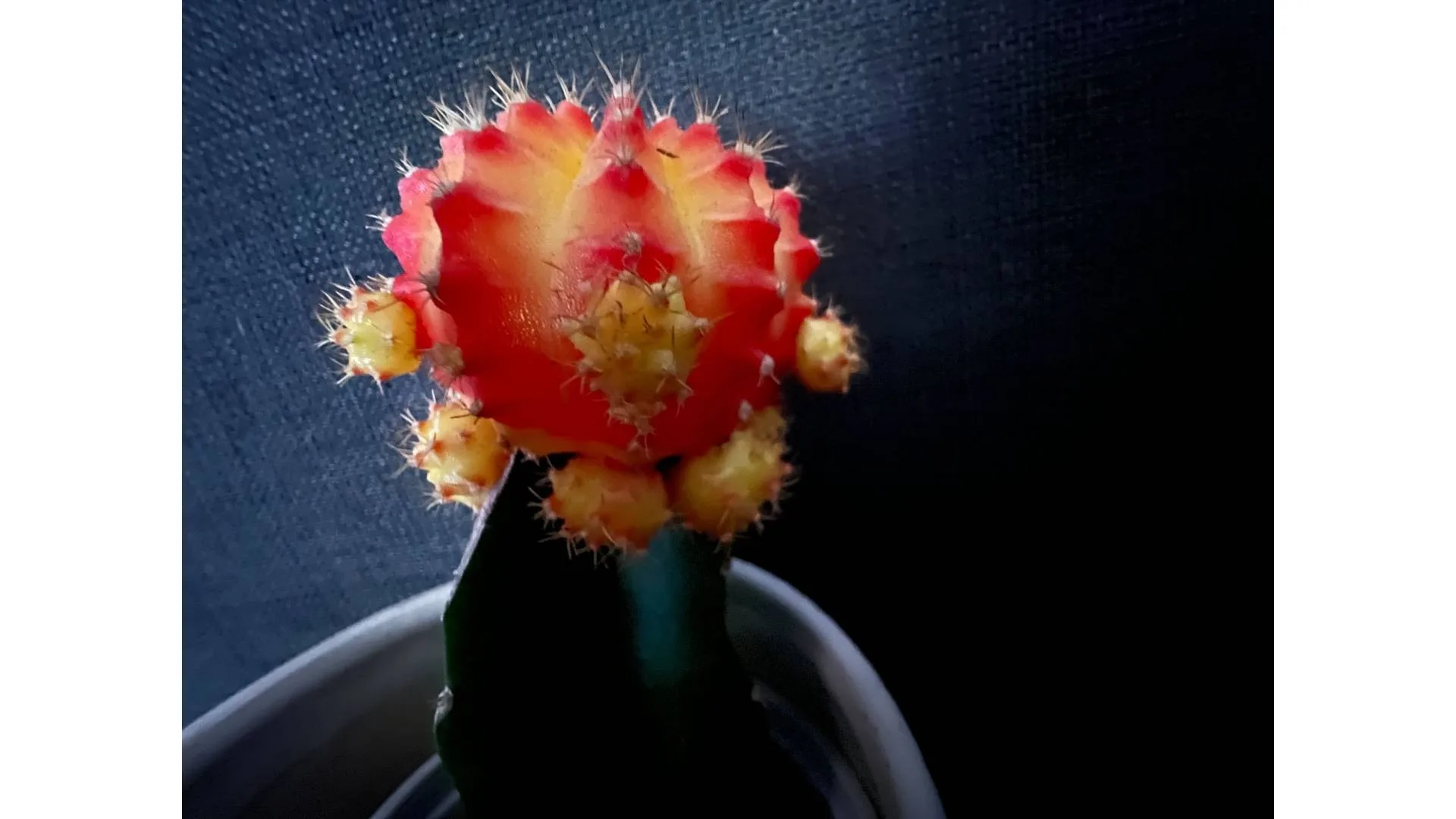


Apple also offers a new cinematic mode across the iPhone 13 line that can detect and swap focus between subjects, or you can swap manually by tapping on the screen. Meanwhile, the background will take on a bokeh effect. If there is an error, you're also able to edit in post to place the focus back on the subject you want.
I found it does quite a good job – even with moving cats, it looks great. Here's a sample video where I manually swapped between the subjects:
iPhone 13 Pro Max battery
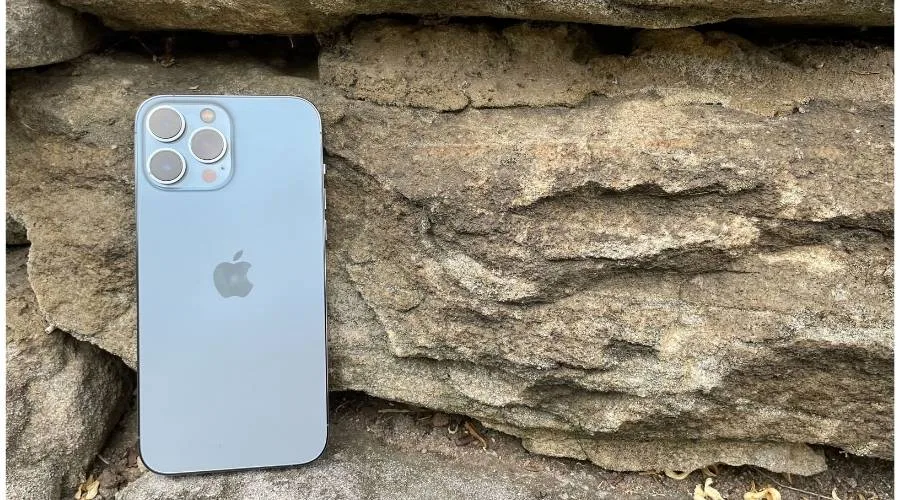
While the iPhone 13 Pro and Pro Max are quite similar when it comes to most key specs, one big difference is the battery.
As always, Apple hasn't disclosed the actual capacities, but fortunately, the iFixit teardowns have done the work for us. The iPhone 13 Pro comes in at 3,095mAH with the Pro Max offering 4,352mAH. That's a significant difference and our own battery comparison tests back it up.
We ran our standard rundown test, which involves streaming video at 1080p for an hour at full brightness and moderate volume. What we want to see is there to be over 90% battery remaining. Anything under that tends to indicate that the phone will not last an entire day.
During our tests, the iPhone 13 Pro Max generally had 98% battery remaining. Here are the full results:
Generally, I take the term "2-day battery life" with a grain of salt, but this is certainly the closest I've seen an iPhone get. During my review period, I have been generally ending the day at around 50%. It will then drop to around the 35% mark overnight. That's not enough to comfortably get me, a high-volume user, through a second day, but it ain't bad at all.
I'm particularly impressed considering the amount of juice variable refresh rates and 1,000 nits of brightness would logically suck out of a device. And yet here we are.
And if you're looking to use the iPhone 13 Pro Max's wireless charging functionality, we have a handy guide right here of the best wireless chargers on the market.
Should you buy the iPhone 13 Pro Max?
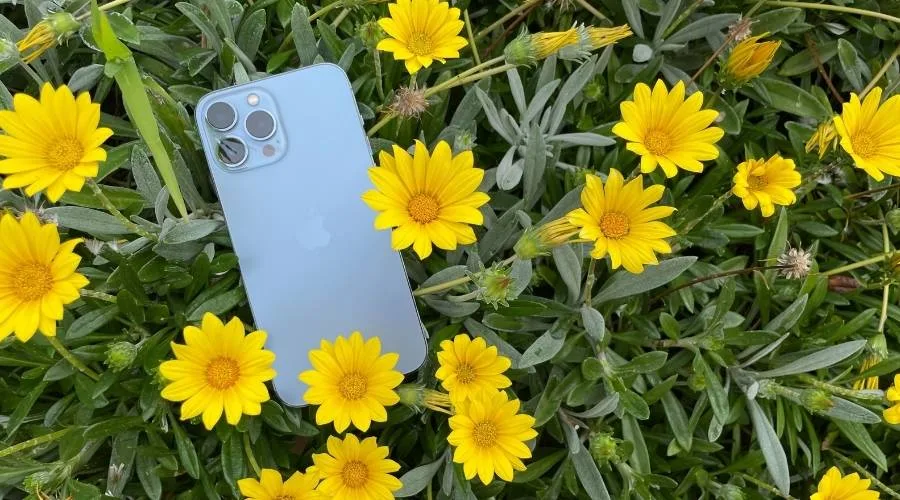
- Buy it if you're an Apple Stan who wants the absolute biggest and best
- Don't buy it if you have small hands and want to save a bit of money
There's been a distinct closing and widening of gaps when it comes to different models in the iPhone 13 range.
There was so little difference between the iPhone 12 and iPhone 12 Pro that the latter disappeared from Apple's own shelves once the latest range was announced. Comparatively, there was enough of a difference between the iPhone 12 Pro and the Pro Max that justified upgrading to the big boy if you had the inclination and budget.
But that's a harder sell this year.
The iPhone 13 Pro and Pro Max are almost identical when it comes to features and spec options, including the camera set-up this time around.
And while the iPhone Pro Max has that truly great battery, the regular Pro has improved quite a bit compared to last year.
With that in mind, you're still going to get a great phone if you don't want to pay extra for the Phone 13 Pro Max, which starts at $1,849 and goes all the way up to $2,719.
While there are always going to be buyers who want the top-of-the-line iPhone, the best-value proposition here is the regular iPhone 13 Pro. The only real reason to upgrade to the Pro Max is if you really want the supersized screen and battery life.
If you're interested in more iPhone 13 reviews, we have also tested the iPhone 13 Mini, iPhone 13 Pro and regular iPhone 13.
Prefer an Android? Here's our full reviews the Pro Max's biggest competitors - the Samsung Galaxy S22 Ultra and Google Pixel 6 Pro.
iPhone 13 Pro Max pricing and availability
The iPhone 13 Pro Max starts at $2,719 in Australia. It is also available on phone plans, and you can compare the best below.
Compare Apple iPhone 13 Pro Max plans
You can also purchase the Apple iPhone 13 Pro Max on a handset repayment plan from Telstra, or Optus. This will split the cost of your new phone over 12, 24 or 36 months, and you'll get a mobile plan with it too.
Specifications
Display
Camera
Physical Dimensions
Connectivity
Power, storage and battery
Device features
How we test
The iPhone 13 Mini was tested extensively over the course of a week and was directly compared with the iPhone 13, iPhone 13 Pro and Pro Max.
It was used for Internet browsing, daily admin, streaming, social media and photography. It was also benchmarked using professional tools.
More Finder reviews
- Samsung Galaxy S25 Ultra review – Still an Android powerhouse
- iPhone 16 and 16 Plus review – Closing the gap
- iPhone 16 Pro and 16 Pro Max review – Shockingly good battery life
- Google Pixel 9 Pro XL review – Fantastic phone, even better cameras
- Samsung Galaxy Z Flip 6 review: Great phone held back by price
Tegan Finder
Editor
You are about to post a question on finder.com.au:
- Do not enter personal information (eg. surname, phone number, bank details) as your question will be made public
- finder.com.au is a financial comparison and information service, not a bank or product provider
- We cannot provide you with personal advice or recommendations
- Your answer might already be waiting – check previous questions below to see if yours has already been asked
Finder only provides general advice and factual information, so consider your own circumstances, or seek advice before you decide to act on our content. By submitting a question, you're accepting our Terms Of Service and Finder Group Privacy & Cookies Policy.
This site is protected by reCAPTCHA and the Privacy Policy and Terms of Service apply.

